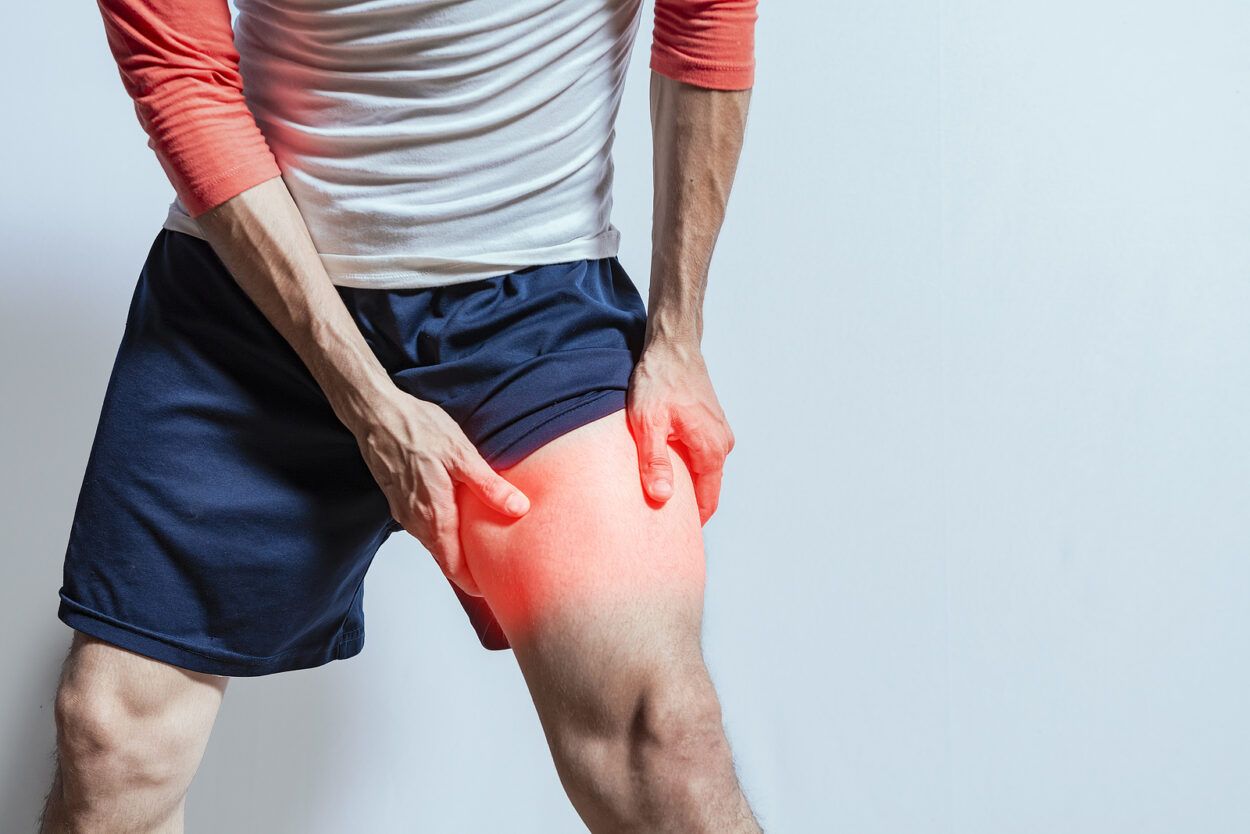Delayed Onset Muscle Soreness (DOMS) is a common experience for many who engage in physical exercise, often characterized by muscle pain and stiffness that appears 12-24 hours after a workout. It's a sensation familiar to anyone who has pushed their physical limits, tried a new exercise, or increased their workout intensity. However, there's a prevalent misconception that DOMS is a reliable indicator of a productive workout. This belief couldn't be further from the truth.
WATCH - Delayed Onset Muscle Soreness: What Does It Actually Mean?
Understanding DOMS
DOMS typically results from engaging in new physical activities or exercises that your muscles aren't accustomed to. When you perform a novel movement or increase the intensity of your workouts, your muscles experience microscopic tears. These tears lead to inflammation, which in turn causes the soreness and stiffness associated with DOMS. While this process is a natural part of muscle adaptation and growth, it isn't a definitive measure of how effective your workout was.
The Myth: Soreness Equals Success
Many fitness enthusiasts and athletes mistakenly believe that the more sore they feel after a workout, the more effective it was. This mindset can lead to several misconceptions and potential issues:
- Overtraining: Believing that soreness is necessary for progress can encourage overtraining, leading to injuries and burnout.
- Neglecting Recovery: Focusing too much on soreness might cause individuals to ignore the importance of rest and recovery, crucial elements for muscle growth and overall fitness.
- Discouragement: Those new to exercise might feel discouraged if they don't experience DOMS, thinking their efforts were in vain.
The Reality: Newness Triggers DOMS
DOMS is more closely related to the novelty of an exercise rather than its effectiveness. When you perform a new movement, your muscles are challenged in ways they aren't used to, leading to the microtears that cause soreness. However, as your body adapts and becomes more accustomed to these movements, the intensity of DOMS decreases, even if the workout remains just as effective.
What Truly Indicates a Productive Workout?
Instead of relying on soreness as a marker of success, consider these more reliable indicators of a productive workout:
- Progressive Overload: Gradually increasing the weight, intensity, or volume of your exercises.
- Consistency: Maintaining a regular workout routine and adhering to a structured fitness plan.
- Performance Improvement: Noticing improvements in strength, endurance, flexibility, or other fitness metrics.
- Recovery and Adaptation: Ensuring your body has adequate time to recover, which is essential for muscle growth and overall progress.
Embrace a Balanced Approach
Understanding that DOMS is not a prerequisite for a productive workout allows you to adopt a more balanced and sustainable approach to fitness. Focus on varied, consistent, and progressive training routines, and prioritize proper recovery. By doing so, you'll achieve long-term success without the need to chase soreness as a measure of your efforts.
Reformed Fitness is passionate about helping you reach the many health and fitness goals you have. Find out how our evidence based workouts can help you reach your goals in just two 30 minute strength training workouts per week! Schedule your FREE Discovery Call today!
Stay Fit,
Reformed Fitness

